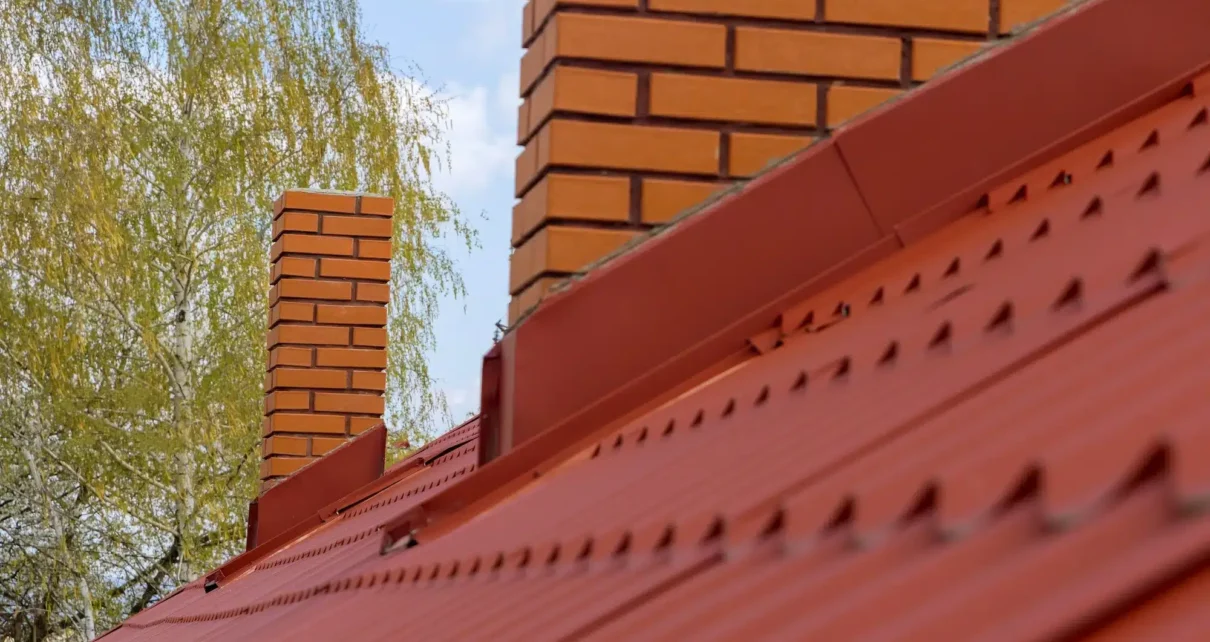The world of roofing is undergoing a revolution as innovative materials pave the way for a more sustainable, durable, and aesthetically appealing future. In this article, we will take you on a journey beyond traditional shingles, exploring the latest advancements in roofing materials. From solar roofing that harnesses the power of the sun to green roofs that bring nature’s beauty to the top of buildings, we will delve into the possibilities and potential applications of these alternative options. Get ready to discover the exciting world of innovative roofing materials that are shaping the future of construction and design.
Traditional Roofing Materials:
A Brief Overview:
Before we dive into the realm of innovation, let’s start with a brief overview of traditional roofing materials. Asphalt shingles, metal, tile, and wood have been the go-to options for decades. We will discuss their strengths and limitations, including durability, lifespan, maintenance requirements, and environmental impact. Understanding the pros and cons of traditional materials sets the stage for exploring alternatives.
Solar Roofing:
Harnessing the Power of the Sun:
One of the most significant advancements in roofing technology is the integration of solar power. Solar roofing offers an exciting opportunity to generate renewable energy while serving as a protective roof. We will explore the benefits of solar roofing, such as reduced electricity costs, environmental sustainability, and improved aesthetics. From innovative photovoltaic tiles to sleek solar panels, we will highlight the advancements in solar roofing technology and its potential to revolutionize energy generation in residential and commercial buildings.
Green Roofing:
Embracing Nature’s Beauty: Imagine a rooftop adorned with lush vegetation, providing not only beauty but also numerous environmental benefits. Green roofing involves the integration of plants and living elements on rooftops, creating sustainable ecosystems. We will discuss the advantages of green roofs, such as improved air quality, stormwater management, and urban heat island mitigation. Whether it’s extensive green roofs with low-maintenance vegetation or intensive green roofs with gardens and recreational spaces, we will explore the various types of green roofing systems and their suitability for different building types.
Cool Roofing:
Keeping Things Cool and Energy Efficient: Cool roofing materials are designed to reflect sunlight and reduce heat absorption, contributing to energy efficiency and indoor comfort. We will explain the concept of cool roofing and its benefits, such as reduced cooling costs and a minimized environmental heat island effect. From reflective coatings to tiles and membranes with high solar reflectance, we will explore the range of cool roofing materials available on the market. Discover how cool roofs can help keep buildings cooler and contribute to a more sustainable and energy-efficient future.
Composite Roofing:
Combining Strength and Sustainability:
Composite roofing materials offer a perfect blend of strength, durability, and sustainability. These engineered products combine different materials to achieve enhanced performance. We will discuss the benefits of composite roofing, including superior resistance to extreme weather conditions, reduced maintenance requirements, and longevity. From synthetic slates that mimic the look of natural stone to polymer-based shingles and fiber-reinforced composites, we will highlight examples of composite roofing materials that offer both aesthetics and functionality.
Innovative Sustainable Materials:
Pushing the Boundaries:
The quest for sustainable roofing materials has led to the emergence of innovative options that push the boundaries of traditional materials. We will explore cutting-edge sustainable materials gaining traction in the industry, such as recycled rubber, reclaimed wood, bamboo, and bio-based polymers. These materials not only reduce environmental impact but also offer performance advantages. We will emphasize the importance of cradle-to-cradle design and the potential for circular economy practices in roofing materials, where waste is minimized, and resources are used efficiently.
Factors to Consider When Choosing Innovative Roofing Materials:
When evaluating alternative roofing materials, several factors come into play. We will provide guidance on key considerations such as durability, cost, maintenance requirements, and compatibility with existing structures. Choosing the right roofing material requires a balance between performance, aesthetics, and long-term sustainability. At Toms Roofing will emphasize the importance of consulting with professionals and conducting thorough research to make informed decisions.
Embrace a Sustainable Future with Toms River Roofers Innovative Roofing Materials
The future of roofing is bright with Toms River Roofing innovative roofing materials. Explore sustainable, durable, and visually striking options for homeowners, architects, and construction professionals. From solar roofing to green roofs, cool roofs, and composite materials, shape a better future for construction and design beyond shingles. Discover the endless possibilities and embrace a sustainable tomorrow.




